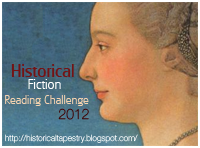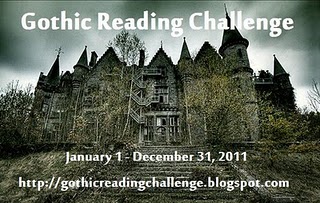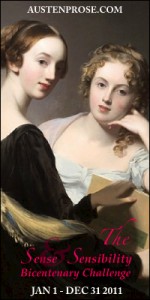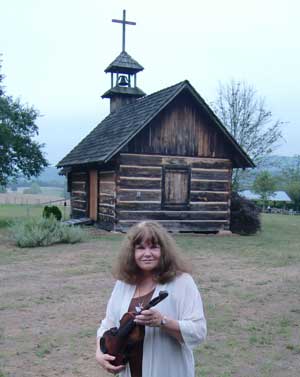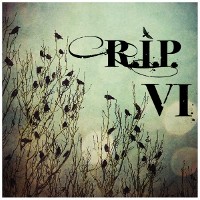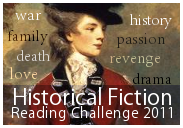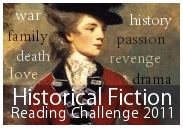[amazon_image id=”0312304358″ link=”true” target=”_blank” size=”medium” class=”alignleft”]Moloka’i[/amazon_image]Alan Brennert’s historical novel [amazon_link id=”0312304358″ target=”_blank” ]Moloka’i[/amazon_link] tells the story of the leper colony on the Hawaiian island of Moloka’i through the life of one remarkable woman named Rachel, who is sent to live at the colony at the age of seven when she contracts Hansen’s Disease and is exiled to Moloka’i, forced to leave her family and live as a virtual prisoner.
Once on the island, she has a difficult adjustment, but she also finds a second family, friends, love and causes for joy that she never expected. She builds a life for herself on the island, and she endures her share of tragedy, but ultimately, the book is not sad, and I would even say I felt it ended on a triumphant note. I liked this passage at the beginning and thought I’d share it:
Papa tied up at the Esplanade, his children putting on a brave face as they escorted him back to the SS Mariposa, all of them quietly determined not to cry.
But almost as though someone were taking their secret thoughts, their hidden grief, and vocalizing it, there came—from the pier immediately ahead—a terrible, anguished wail. It was not one voice but many, a chorus falling like the wind. It was, Henry and Dorothy both knew, not merely a wail, but a word: Auwē, Auwwayy! (Alas! Alas!)
It sounded exactly like the cries of grief and loss that Rachel had heard the day the king had come home. “Mama,” she said, fearfully, “is the Queen dead, too?”
“No, child, no,” Dorothy said.
Moored off Pier 10 was a small, decrepit interisland steamer, the Mokoli’i. A distraught crowd huddled behind a wooden barricade, sighing their mournful dirge as a procession of others—young and old, men and women, predominantly Hawaiians and Chinese—were herded by police onto the old cattle boat. Now and then one of the people behind the barricade would reach out to touch someone boarding the ship: a man grasping for a woman, a child reaching for his mother, a friend clasping another’s hand for the last time.
“Ma’i pākē,” Kimo said softly.
“What?” Rached asked.
“They’re lepers, you ninny,” Sarah admonished. “Going to Moloka’i.”
“What’s a leper?”
Someone in the crowd threw a flower lei onto the water, but contrary to legend, it was not likely to ever bring any of these travelers back to Honolulu.
“They’re sick, baby. Very sick,” Mama explained. Rachel didn’t understand. The people didn’t look sick; they didn’t look much different than anyone on the other side of the barricade.
“If they’re sick,” Rachel asked, “why isn’t someone taking care of them?”
No one answered her; and as that word, leper, hung in the still humid air, Dorothy dug her fingers into Rachel’s shoulders and turned her away from the Mokoli’i. (16-17)
This passage sets up the events in the novel beautifully and creates a thread, with the cry of Auwē, Alas! that is woven throughout the book. I liked Rachel a great deal as a character. The characters as a whole are well developed, and I think this book tells the important and little known story about Moloka’i respectfully and beautifully in a way that exposes the pain that the colony’s residents surely felt while still acknowledging that even in circumstances of pain and loss, it’s possible to find great joy and happiness. Rachel’s incredible life is a monument to the real residents of the colony at Kalaupapa, Moloka’i. I am very glad I was introduced to their story.
I will admit that for part of this book, it wasn’t coasting on a full five stars, mainly because Brennert does make some choices as a writer in terms of style that detracted from my enjoyment of the novel, but the characters and plot swiftly drew me beyond caring anymore, and by the end, I was in love with the book. If you have a mind to learn about Hansen’s Disease or late nineteenth and early twentieth century Hawaii, or if you just like a good historical novel, I highly recommend this book.
Rating:




Full disclosure: I obtained this book from PaperBackSwap.
